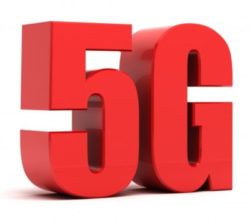If 5G is allowed to operate in the 12 gigahertz band, huge economic benefits could be the result, suggest some studies. According to an analysis published by the Brattle Group and reported by Telecompetitor.com, $1 trillion in gains could be the end product of such a venture.
The 5G research conducted under the aegis of RKF Engineering indicates that the 12 GHz band is versatile enough to accommodate direct broadcast satellite and non-geostationary orbit satellite broadband services, and 5G transmissions. Opening the band to 5G would allow two way communications, a desirable move for chief proponent, DISH. Current spectrum occupants AT&T and SpaceX oppose the measure.
Although SpaceX spoke out against the idea of sharing the 12 GHz band, the published study supports the idea that all parties could operate simultaneously, according to Telecompetitor.com. The study projected that some SpaceX Starlink users could experience problems, but estimated that less than one percent of users would encounter any service disruption.
The study also pointed out that since Starlink users are primarily rural and 5G users are clustered in urban areas, cross traffic situations would be minimal. 5G base operations utilize low elevation angles, whereas Starlink connections favor high elevation angles. With the capacity to channel so many more users, opening the 12 GHz band, which includes spectrum between 12.2 and 12.7 GHz, to two-way traffic could prove to be a profitable outcome.





Reader Interactions